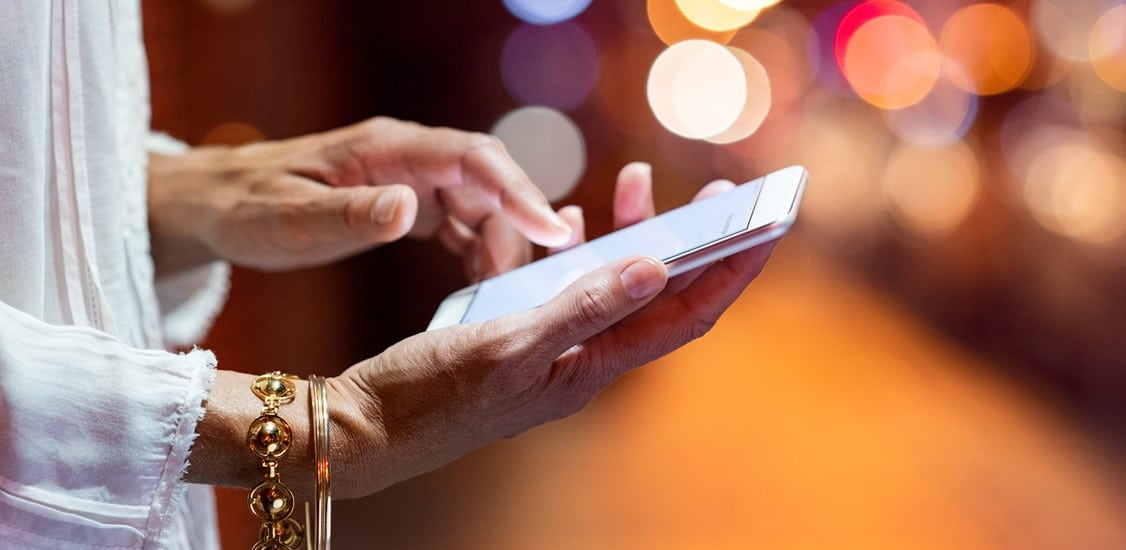Consumers are always excited to get a good deal on any purchase they make. Walk into a grocery store and it’s very common to see buy one get one (BOGO) free offers on the shelves. From drinks to cleaning products, grocery food items to electronics, BOGO has become a quick and easy way for businesses to keep customers loyal and most importantly, purchasing products, regardless of the industry.
In fact, we are starting to see mobile operators offer BOGO deals with trade-in to their customers. It’s well known that trade-ins and upgrades are a mechanism to keep customers loyal to mobile operators and increase revenues. However, it’s not something that European operators have caught up with, with deals very much restricted to trading in one device, to offset the cost of a new one.
There could be a reason for this - on the face of it, these types of deal do seem almost too good to be true. What’s the incentive behind the big operators offering these deals, and essentially giving away free smartphones?
Holding onto customers for longer
While it might not seem like it, BOGO with trade-in deals are a way for mobile operators to generate revenue, as well as meet targets for acquiring new subscribers. Each operator will have its own commercial goal for the year - whether that’s a target for new subscribers, a target for reducing churn, or increasing a certain number of subscribers on a particular payment plan. BOGO with trade-in deals can be used as a way of increasing a subscriber base while retaining established relationships with customers.
In today’s market, US consumers are now holding onto their smartphones for longer than ever. With pricier devices, and the demise of the two-year cellphone contract, consumers are waiting an average of 2.94 years before upgrading their smartphones.
Something has to give the cost-conscious consumer a gentle nudge in the right direction to upgrade their device. While it may seem counterintuitive to be ‘giving’ a device away for free, these trade-in deals can in fact generate additional revenue streams for operators. Let’s use a new Apple iPhone as an example. The typical cost of a new iPhone XR is around $800. So, with a BOGO deal, the total value of both devices will be around $1600. But as this is a trade-in deal, there will be an old device that the operator can get money back on - and in the secondary market, an operator could retrieve as much as $350 for a pre-owned device (a device that would have otherwise been stuck in a customer’s drawer, collecting dust).
There’re also the payment plans that both subscribers will be on to consider - an operator retaining two customers for 18 months to 2 years (or potentially longer) will actually be reclaiming the value of both devices during this time. In fact, during this time, the operator will have retrieved more than the device value from both paying customers.
A BOGO with trade-in deal also makes a lot of economic sense when you consider the typical cost of acquiring a new customer. Some new entrants in the US market, such as cable companies, have reported that the cost of acquiring a gross new customer can be around $1260, and in the case of mature wireless operators, these costs are somewhat lower - which, in any event, is less than the cost of a new iPhone XR. This trade-in deal means you are actually acquiring a brand-new customer at a reduced price, with a lot less effort too.
Of course, operators are adding their own nuances to their offerings, in order to help them drive revenues. For example, a BOGO free offering requires a customer to pay for both devices upfront - the ‘free’ bit comes in to play once the devices have been bought, and the operator will provide a regular credit of $31.25 per month over a two-year period to pay back the customer for the second device. In the end, the customer would have paid $750 less. Nevertheless, the customer will still need to open a new payment plan with the operator for the additional device, which opens a new gateway to drive even more subscribers to their network.
There’re also the additional revenue opportunities to consider once new subscribers have opened payment plans. Add-ons such as insurance and accessories can also be a great way for customers to ensure their shiny new devices can stay protected, but are also vehicles to drive some extra money for operators.
Deals like BOGO free are a great way for operators to grab a customer’s attention, and ultimately, are a way to drive revenue. And while they may seem too good to be true for the operator, these kinds of offers entice new customers and keep existing customers loyal. The added perk of trade-ins also helps to drive additional revenue, selling pre-owned devices into a secondary market.
While BOGO free deals paint the picture of an offer that’s too good to be true for the customer, really, it’s a win-win for everyone.




















